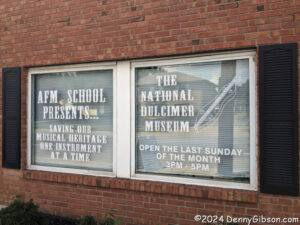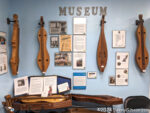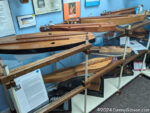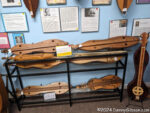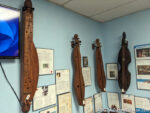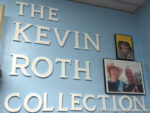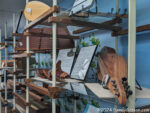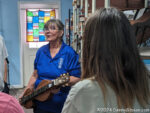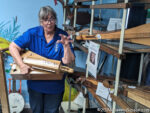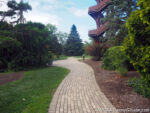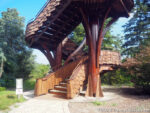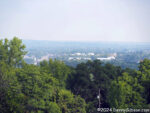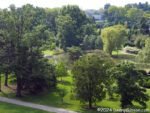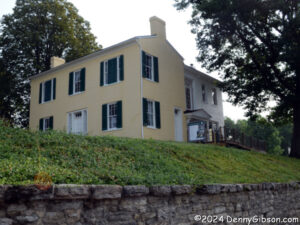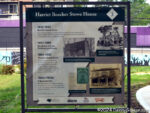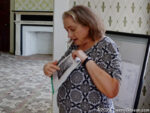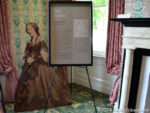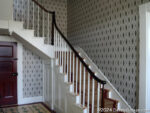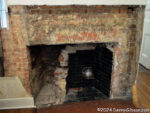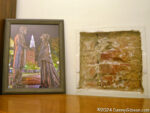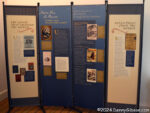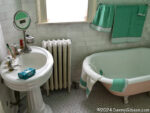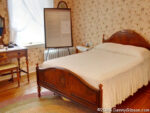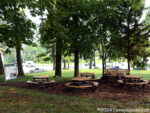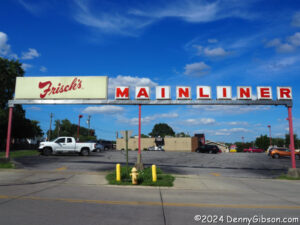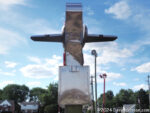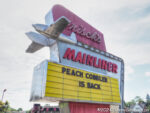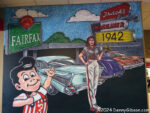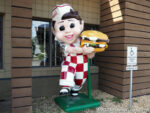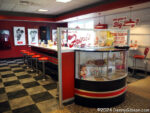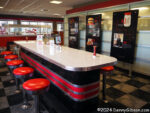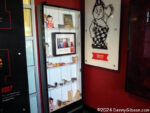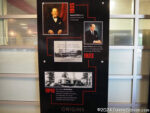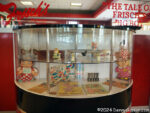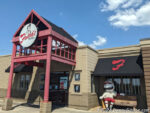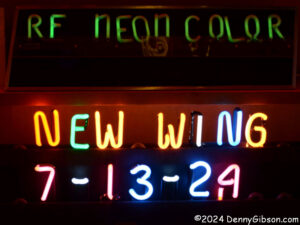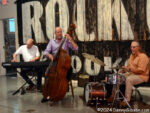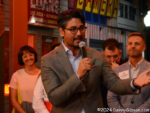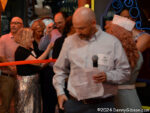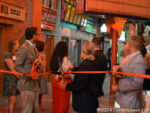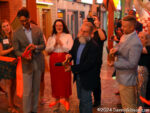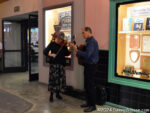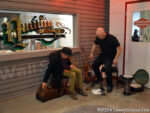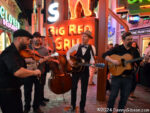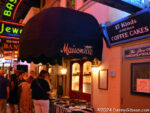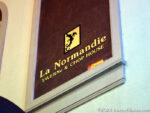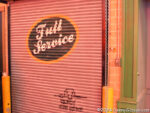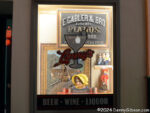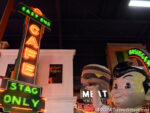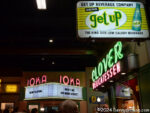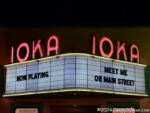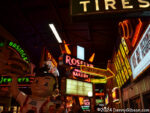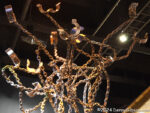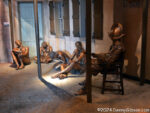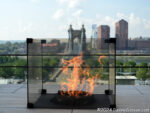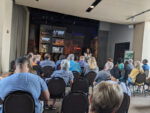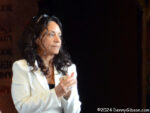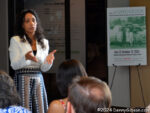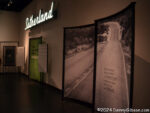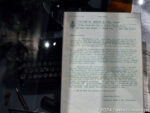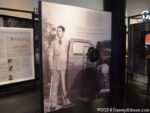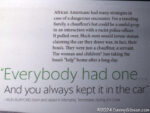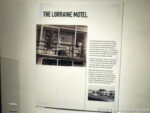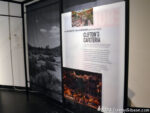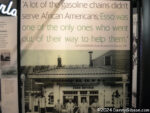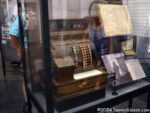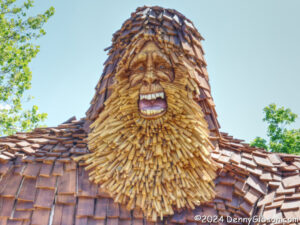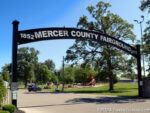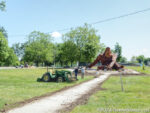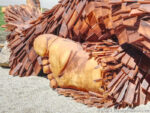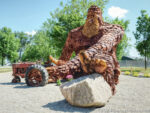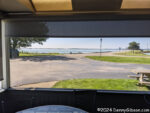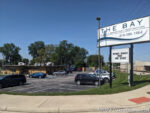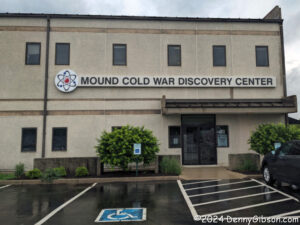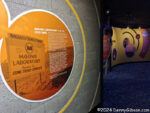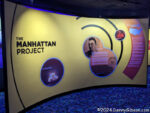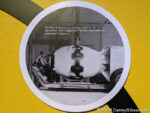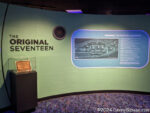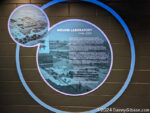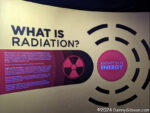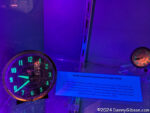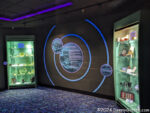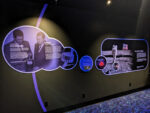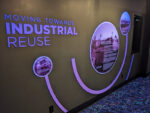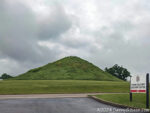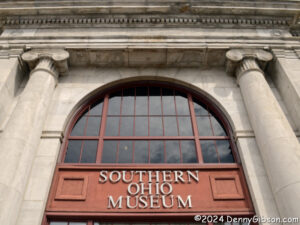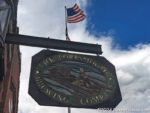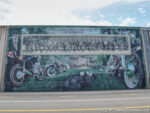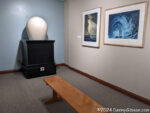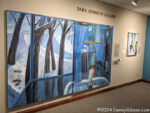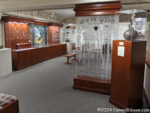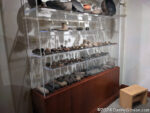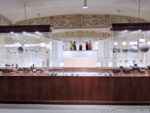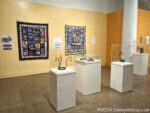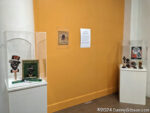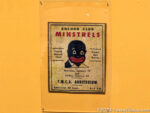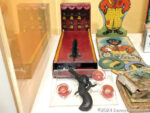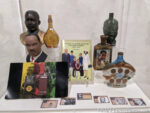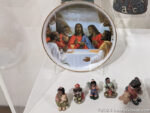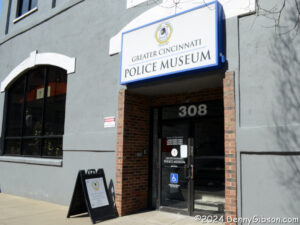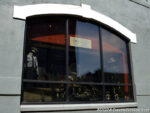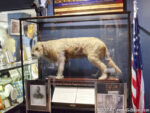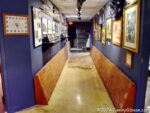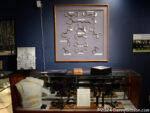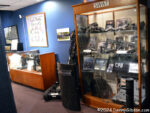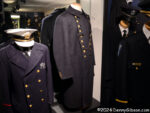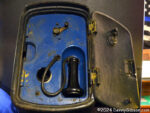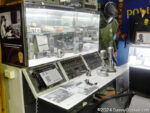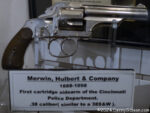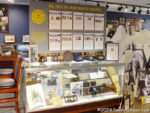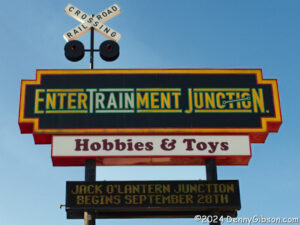 On Wednesday, I visited the “World’s Largest Indoor Train Display” for only the second time. My first visit to Entertrainment Junction was in January 2009 when it was in the news for having recently opened. News articles about the attraction were also behind this week’s visit but this time the stories were about an impending closing rather than a recent opening. As a fan of old roads and the stuff beside them, I am somewhat accustomed to restaurants, motels, and the like facing survival issues when the owner retires. I can even see some similarities between this news and the news in 2020 that Roadside America in Pennsylvania was closing permanently. But Roadside America had operated for eighty-five years before closing. Current plans are for Entertrainment Junction to shut down in January after just sixteen years.
On Wednesday, I visited the “World’s Largest Indoor Train Display” for only the second time. My first visit to Entertrainment Junction was in January 2009 when it was in the news for having recently opened. News articles about the attraction were also behind this week’s visit but this time the stories were about an impending closing rather than a recent opening. As a fan of old roads and the stuff beside them, I am somewhat accustomed to restaurants, motels, and the like facing survival issues when the owner retires. I can even see some similarities between this news and the news in 2020 that Roadside America in Pennsylvania was closing permanently. But Roadside America had operated for eighty-five years before closing. Current plans are for Entertrainment Junction to shut down in January after just sixteen years.
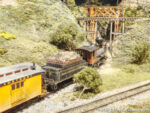
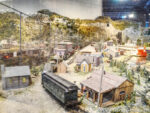
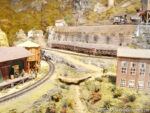 The model train layout at the Junction was huge when it opened and I don’t know that it has grown much in size since then. It has grown in details such as buildings, people, and other “decorations”.
The model train layout at the Junction was huge when it opened and I don’t know that it has grown much in size since then. It has grown in details such as buildings, people, and other “decorations”.
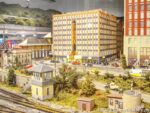

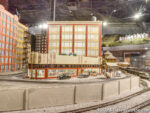 Familiar names and scenes stand beside tracks occupied by trains that match the represented period. Details, sometimes a little quirky, are everywhere. Examples are the fellow escaping from the jail with the Fox Theater in the background and the shake shop in the full frontal view of the Fox.
Familiar names and scenes stand beside tracks occupied by trains that match the represented period. Details, sometimes a little quirky, are everywhere. Examples are the fellow escaping from the jail with the Fox Theater in the background and the shake shop in the full frontal view of the Fox.
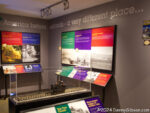
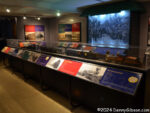 Model railroading occupies the bulk of the space but there are plenty of displays devoted to the full-size variety too. The “American Railroad Museum” contains lots of interactive and stationary displays and there is a small theater with railroad videos playing non-stop.
Model railroading occupies the bulk of the space but there are plenty of displays devoted to the full-size variety too. The “American Railroad Museum” contains lots of interactive and stationary displays and there is a small theater with railroad videos playing non-stop.
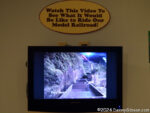
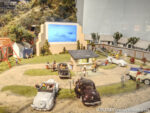 You can also catch some video entertainment at the drive-in where excerpts from Flash Gorden movies and others are playing. There is also a video of the entire model train layout taken by a camera riding one of the trains.
You can also catch some video entertainment at the drive-in where excerpts from Flash Gorden movies and others are playing. There is also a video of the entire model train layout taken by a camera riding one of the trains.


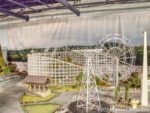 I think the biggest addition that I noticed compared to my 2009 visit was a set of balcony-like structures providing overhead views of some of the train layouts. One of the raised levels contained a model representing Cincinnati’s Coney Island. This was the amusement park on the banks of the Ohio River that was replaced by Kings Island north of the city.
I think the biggest addition that I noticed compared to my 2009 visit was a set of balcony-like structures providing overhead views of some of the train layouts. One of the raised levels contained a model representing Cincinnati’s Coney Island. This was the amusement park on the banks of the Ohio River that was replaced by Kings Island north of the city.
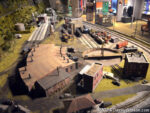

 The miniature Coney Island is nice but the main purpose of the upper levels is to provide views like this. From here I could see the kids swimming from the bridge at the left of the middle picture and the fenced-in area just out of frame. The overhead view of the roundhouse offers a great opportunity to show how things have been filled in since 2009 and here is a ground-level look at that turntable in action.
The miniature Coney Island is nice but the main purpose of the upper levels is to provide views like this. From here I could see the kids swimming from the bridge at the left of the middle picture and the fenced-in area just out of frame. The overhead view of the roundhouse offers a great opportunity to show how things have been filled in since 2009 and here is a ground-level look at that turntable in action.
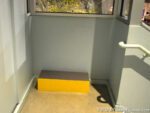
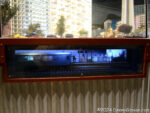 The picture of the step was taken on one of the upper levels but it is just an example of raised platforms that exist just about everywhere there is something to see to help younger and shorter visitors see it. The subway station is an example of something that younger and shorter people can actually see better than us oversized folks.
The picture of the step was taken on one of the upper levels but it is just an example of raised platforms that exist just about everywhere there is something to see to help younger and shorter visitors see it. The subway station is an example of something that younger and shorter people can actually see better than us oversized folks.
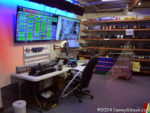 A “behind the scenes” tour was offered in 2009 and I was treated to a look under some of the tracks and behind some of the magic by owner Don Oeters. There doesn’t appear to be anything like that offered now but there is a big window that provides a view of the railroad’s control center. It is Don’s desire to retire and the lack of a ready buyer that has the Junction scheduled for closure early next year. It is hard for me to imagine this fantastic handbuilt world being abandoned but as things stand that may be what happens. $6.5 million could change that.
A “behind the scenes” tour was offered in 2009 and I was treated to a look under some of the tracks and behind some of the magic by owner Don Oeters. There doesn’t appear to be anything like that offered now but there is a big window that provides a view of the railroad’s control center. It is Don’s desire to retire and the lack of a ready buyer that has the Junction scheduled for closure early next year. It is hard for me to imagine this fantastic handbuilt world being abandoned but as things stand that may be what happens. $6.5 million could change that.

